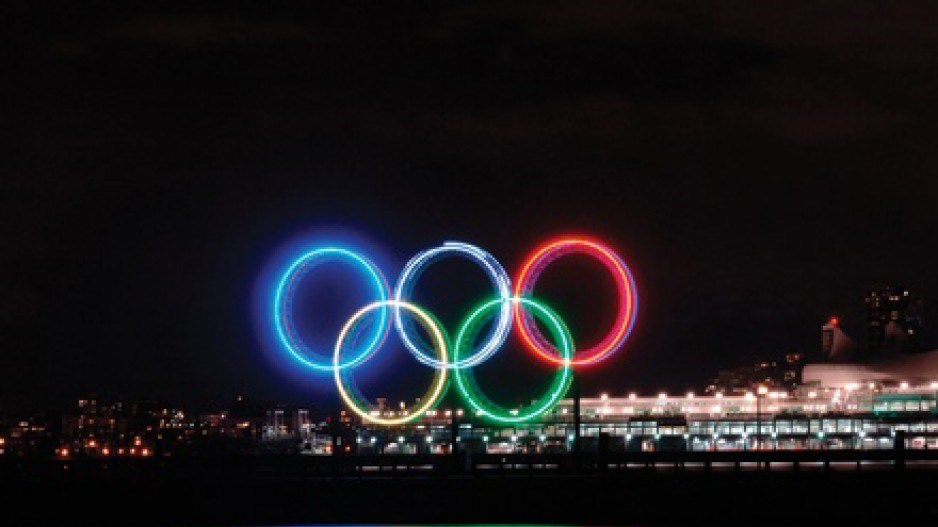Five years after the February 12 opening of the Vancouver 2010 Winter Olympics, the economic benefits of some of the oft-debated Games legacies are coming into focus.
For example, not only has the Games’ speedskating oval developed into a major sporting centre, but the surrounding area has now become a hub for development.
The oval, originally planned for Burnaby Mountain, was built instead for $178 million on the site of a former trailer park by the Dinsmore Bridge in Richmond.
Aspac Developments bought surrounding lands for $141 million in 2007 to develop the Coal Harbour-inspired River Green project.
Amacon, Cressey, Intracorp and Onni also have major projects underway in the area, now known as Oval Village. Richmond Mayor Malcolm Brodie said there are 4,500 new residential units and 250,000 square feet of commercial development in various stages of development.
City planners hope it will someday house 14,000 residents.
“Between Canada Line and the Oval, it has dramatically changed the city in terms of where people live,” Brodie said. “It changed their transportation habits, it had an effect on the use of the automobile and opened up a whole development area in city centre, where most of our projected population is going to be.”
The Richmond Olympic Oval itself continues to evolve as a multi-sport recreation centre and elite training facility.
In 2013, it showed a $1.55 million surplus after receiving $2.7 million from the Games Operating Trust and $3.14 million from City of Richmond.
It took in $6.13 million from membership, admission and program fees, and it will get a further boost with the anticipated fall opening of the $10 million Richmond Olympic Experience, a multimedia, interactive museum about Richmond’s sport history and the 2010 Games.
A similar condo buildup occurred around the Vancouver Olympic Village, now known as the Village at False Creek. Aquilini Investment Group paid nearly $90 million to the City of Vancouver last April to buy SEFC Properties out of receivership and help retire the city’s $690 million debt.
The Canadian Tourism Commission’s Games-time marketing to China, on the heels of that country’s December 2009 approved-destination status announcement, appears to have paid off.
Through November, Tourism Vancouver counted 216,000 overnight visitors from China, up 26% from 2013’s 171,000. It’s now Vancouver’s biggest overseas tourist market.
Walt Judas, vice-president, marketing communications and member services, for Tourism Vancouver, said final stats haven’t been tallied, but Tourism Vancouver was tracking a record 8.9 million overnight stays for 2014 and $3.8 billion in visitor spending.
In 2010, the city attracted 8.4 million overnight visitors who spent $3.57 billion.
“Not all of it can be attributed directly to the Olympics,” Judas said. “The Olympics were certainly a catalyst for us with a number of new venues, new services, the cachet of having had the Games, the talent we have in the city. Vancouver has been one of those places that’s become increasingly popular for people to want to visit.”
The Games, he said, also made it simpler to sell Vancouver as a destination for major events. In March, Tennis Canada is hosting a Davis Cup weekend playoff for the fourth time at Thunderbird Arena, the 2010 Games secondary hockey venue.
The FIFA Women’s World Cup final is in July at BC Place stadium, and groups are lobbying for a Vancouver stop on the rugby Sevens World Series and the Formula E electric car-race circuit. •




